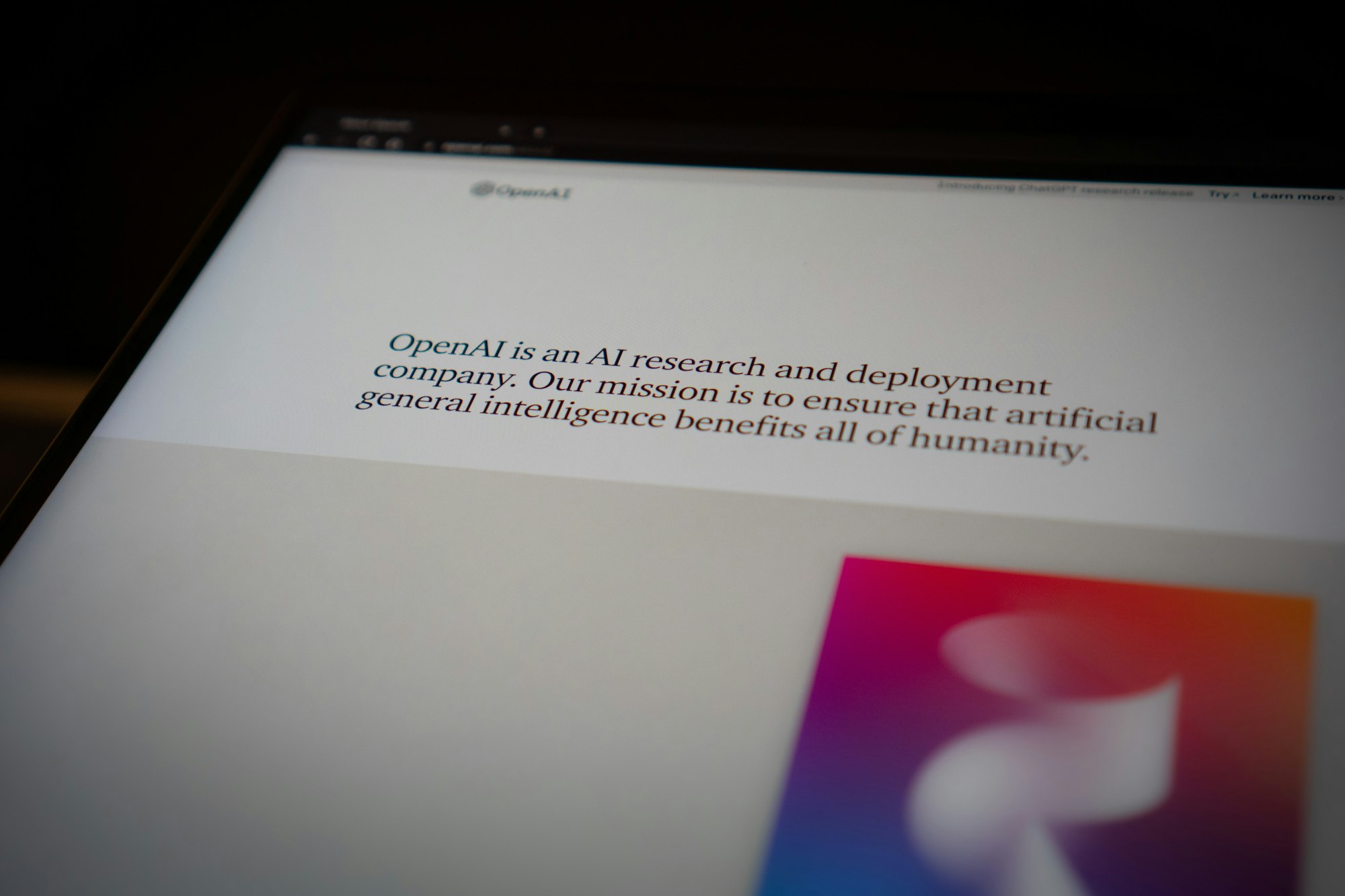When it comes to bridging human creativity with the power of artificial intelligence, clarity in communication makes all the difference. In other words: if you want useful AI answers, you’ve got to ask great AI questions. This guide walks you through seven prompt engineering techniques—each one accompanied by practical tips and examples—so you can harness ChatGPT (or any large language model) and shape it into your strategic ally.
1. Prioritize Precision in Your Prompts
Precision is key when you’re aiming for high-quality insights. Think of it like giving your AI a well-marked treasure map instead of a vague hand-drawn sketch. The more specific you are, the more on-target the results.
How it Works
- Include essential details (like your audience, time period, or context) so the AI knows exactly what you’re looking for.
- Adding parameters like “for a small e-commerce business” or “within the next six months” narrows the scope and reduces irrelevant suggestions.
Example
Instead of a vague prompt like:
“What trends affect inventory?”
Refine it with specifics:
“How do seasonal shopping habits of millennials impact our sportswear inventory in Q4?”
By narrowing your request, you’ll get more relevant answers you can act on right away.
Why It Matters
- Ensures you get insights aligned with your actual goals.
- Saves time by filtering out broad or irrelevant responses.
- Lays the groundwork for deeper follow-up questions that reveal more nuanced information.
2. Embed Contextual Relevance
Ever shared an inside joke with a close friend? Context is what makes it funny—without it, the joke falls flat. The same holds true for AI responses. When you anchor your prompt to real-world details, you guide the AI’s logic toward genuinely relevant ideas.
How it Works
- Incorporate industry norms, recent news, or company-specific language that narrows down the AI’s scope.
- Provide “markers” or clues that the AI can use to focus on what’s most important.
Example
Instead of asking:
“What is the sentiment around tech stocks?”
Add context:
“Considering the latest privacy legislation, how are investors perceiving major tech companies this quarter?”
That extra detail helps the AI connect the dots between the privacy legislation and current market sentiments.
Why It Matters
- Increases the quality of responses by tying them to tangible scenarios.
- Reduces the need for guesswork or generic (and potentially off-track) answers.
- Delivers deeper insights for planning and strategy.
3. Employ an Iterative Approach
Some topics are too complex for a single question. By iterating, you peel back layers of information step by step until you get exactly what you need.
How it Works
- Start broad: Ask a general question.
- Read the AI’s response.
- Pose a follow-up that narrows or deepens the focus.
- Repeat until you’ve hit the level of detail you want.
Example
In healthcare, a physician might begin with:
“What are the common causes of persistent abdominal pain?”
After scanning the AI’s answer, they could drill down further:
“Which of these are most likely in a patient with a history of gallstones and frequent bloating?”
This iterative process keeps the conversation focused and yields more precise insights.
Why It Matters
- Helps you uncover details that might remain hidden in a single broad question.
- Encourages a structured, step-by-step discovery process.
- Lets you adapt mid-conversation based on the AI’s previous outputs.
4. Use Positive Phrasing
It’s all about framing. Switching from “What’s going wrong?” to “How do we make this better?” can redirect the AI’s thinking toward proactive, solution-focused ideas.
How it Works
- Emphasize opportunities and solutions over obstacles.
- Use phrases like “How can we improve…” instead of “What’s the problem with…”
Example
Rather than:
“What’s preventing our growth in Europe?”
Try:
“How can we overcome barriers and expand our presence in Europe?”
This simple shift nudges the AI to focus on strategies and potential success, rather than obstacles alone.
Why It Matters
- Generates more constructive and forward-looking answers.
- Keeps morale and creativity high, both for you and your team.
- Prevents getting stuck in a negativity loop.
5. Structure Prompts Logically
A well-organized prompt often leads the AI to reason in a systematic, almost human-like way—producing more coherent and in-depth answers.
How it Works
- Present your query in a cause-and-effect or step-by-step manner.
- Include bullet points, numbering, or short paragraphs to outline the logical progression of your question.
Example
If you run a logistics company dealing with delays, try:
“We’re experiencing a three-day delay on East Coast shipments. Our shipping partners can ramp up capacity by 20%, and our budget for additional resources is $5,000. Given these constraints, what changes can we implement to expedite deliveries while staying within budget?”
The AI is now prompted to consider time, capacity, and budget constraints all at once.
Why It Matters
- Makes the AI’s answer more organized and easier to digest.
- Reduces confusion by guiding the AI through the relevant details.
- Speeds up your ability to identify which parts of the answer are most crucial.
6. Introduce Constraints (Creatively!)
Constraints aren’t always roadblocks—they can be catalysts for creative thinking. By spelling out limitations (like budget, time, or resources), you ensure the AI’s ideas align with what’s actually feasible.
How it Works
- State your boundaries at the outset.
- Ask the AI to propose or rank solutions according to metrics like ROI, completion time, or complexity.
Example
A startup with a tight marketing budget might say:
“With $10,000 allocated for marketing in Q3, what high-ROI strategies should we focus on to attract new customers?”
By defining the budget, you prompt the AI to deliver suggestions that fit your actual resources.
Why It Matters
- Encourages realistic and targeted solutions.
- Helps you prioritize ideas that are doable within your limits.
- Drives innovation by forcing the AI to think creatively within set parameters.
7. Formulate Hybrid Prompts
Often, the best ideas come from combining expertise across different fields. By guiding the AI to merge multiple areas of knowledge, you can spark fresh, multidisciplinary solutions.
How it Works
- Blend two or more subjects into your prompt—like marketing and psychology, or ecology and urban planning.
- Encourage the AI to pull insights from both areas in a single response.
Example
An urban planner might ask:
“How can we apply ecological conservation principles to design a more efficient stormwater drainage system for our city?”
Here, you’re asking the AI to merge environmental science with civil engineering, potentially surfacing innovative, sustainable solutions.
Why It Matters
- Uncovers ideas that might stay hidden when thinking within a single discipline.
- Helps break down silos, fostering more holistic and creative solutions.
- Can offer a fresh perspective or a novel approach you hadn’t considered.
When you apply these prompt engineering techniques—precision, context, iteration, positive framing, logical structure, constraints, and hybrid thinking—you transform AI from a simple tool into a creative collaborator. By fine-tuning how you ask your questions, you’ll inspire more insightful answers that can drive innovation and success in AI product management.
Here’s to pushing the boundaries of what AI can do—together.
 Alex Thorpe
Alex Thorpe 
 Leveraging AI Responsibly in Product Development: Lessons from ChatGPT’s Data Extraction Vulnerability
Leveraging AI Responsibly in Product Development: Lessons from ChatGPT’s Data Extraction Vulnerability